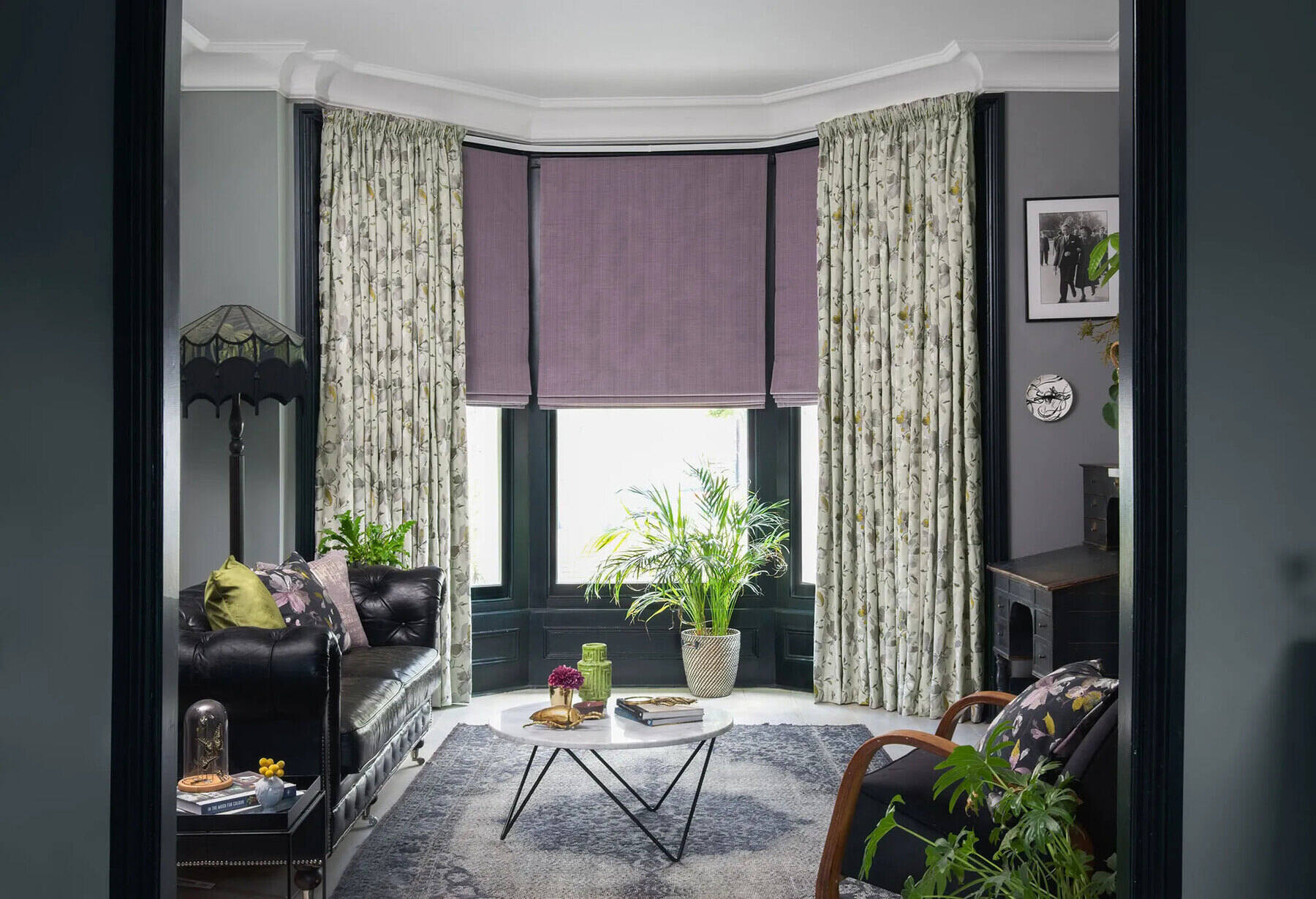

Articles
How To Dress A Bay Window With Curtains
Modified: August 17, 2024
Learn how to dress a bay window with curtains in our informative articles. Find expert tips and ideas to enhance your window's aesthetic appeal.
(Many of the links in this article redirect to a specific reviewed product. Your purchase of these products through affiliate links helps to generate commission for Storables.com, at no extra cost. Learn more)
Introduction
Bay windows are an architectural feature that can add beauty and charm to any room. These windows are known for their unique shape, providing a panoramic view and allowing an abundance of natural light to enter the space. Dressing a bay window with curtains not only adds style and elegance but also enhances privacy and light control.
In this article, we will guide you through the process of dressing a bay window with curtains, from choosing the right curtain style to troubleshooting common issues. Whether you have a traditional or modern bay window, these tips and techniques will help you create a stunning and functional window treatment.
Before diving into the details, it’s essential to understand the importance of selecting the right curtain style for your bay window. The choice of curtains can significantly impact the overall look and feel of the window and the room as a whole. So, let’s explore the various curtain styles you can consider.
Key Takeaways:
- Elevate your bay window with the perfect curtain style, precise measurements, and secure installation for a stunning and functional window treatment that complements your space.
- Troubleshoot common issues with creativity and precision to ensure your bay window curtains hang beautifully, providing privacy, light control, and an inviting atmosphere.
Read more: How To Dress Windows Without Curtains
Choosing the Right Curtain Style
When it comes to choosing the right curtain style for your bay window, there are several factors to consider, such as the overall aesthetic of the room, the level of privacy and light control you desire, and the architectural features of the bay window itself. Here are a few popular curtain styles that work well with bay windows:
- Panels or Drapes: Panels or drapes are a classic and versatile choice for bay windows. They can be made from various fabrics, such as linen, silk, or velvet, and come in different lengths and colors. Floor-length panels create an elegant and formal look, while shorter panels lend themselves to a more casual and relaxed vibe. To enhance the visual appeal of your bay window, consider using multiple panels for each section of the window.
- Sheer Curtains: Sheer curtains are a great option if you want to maintain privacy while still allowing natural light to filter through. They create a soft and dreamy look and can be paired with solid curtains for added privacy or layered with blinds or shades for enhanced light control.
- Valances or Swags: Valances or swags are decorative window treatments that can add a touch of elegance to bay windows. They are typically made from lightweight fabrics and are placed at the top of the window. Valances or swags can be used alone or in combination with curtains or blinds to create a sophisticated and layered look.
- Cafe Curtains: Cafe curtains are a popular choice for bay windows in kitchens or dining areas. These curtains cover only the bottom portion of the window, allowing natural light to flood in while maintaining privacy. Cafe curtains are often made from light and breezy fabrics, such as cotton or linen, and can be paired with a valance for added style.
When selecting the curtain style for your bay window, consider the overall decor and ambiance of the room. Choose a style that complements the existing elements and brings out the best in your bay window’s architectural features. Now that you have an idea of the curtain styles available, let’s move on to the next step: measuring and ordering the right curtains for your bay window.
Measuring and Ordering Curtains
Accurate measurements are crucial when it comes to ordering curtains for your bay window. Since bay windows have a unique shape, it’s important to measure each section individually to ensure a proper fit. Here’s a step-by-step guide to measuring and ordering curtains for your bay window:
- Measure the width: Start by measuring the width of each section of the bay window. Measure from the outermost points of each section, including any trim or molding. Take three measurements for each section – one at the top, one in the middle, and one at the bottom. Note down the largest measurement for each section.
- Measure the height: Next, measure the height of the bay window. Measure from the top of the window frame to the desired length of the curtains. Keep in mind whether you want the curtains to hang to the floor or stop at a specific point.
- Consider curtain fullness: Determine the desired fullness of the curtains. Fullness refers to the amount of fabric used to cover the window. A standard fullness ratio is 1.5 to 2 times the width of the window. However, for a more luxurious and gathered look, you can opt for a fuller ratio of 2.5 to 3 times the window width.
- Order custom or adjustable curtains: Once you have the measurements, you can either order custom-made curtains that are specifically tailored to your bay window’s dimensions, or opt for adjustable curtains that can accommodate various window sizes. Custom-made curtains offer a precise fit, while adjustable curtains provide flexibility and convenience.
- Consider curtain hardware: Along with ordering the curtains, don’t forget to consider the curtain hardware, such as curtain rods or tracks, brackets, and rings. Ensure that the curtain hardware is designed to fit bay windows and can support the weight of the curtains.
When ordering the curtains, it’s advisable to consult with a professional or refer to the manufacturer’s guidelines for accurate measurements and customization options. Once you have placed the order, it’s time to move on to the installation process.
Installing Curtain Rods
Installing curtain rods is an essential step in dressing a bay window with curtains. The curtain rods provide support and stability for the curtains, ensuring they hang properly and enhance the overall aesthetics of the window. Here’s a step-by-step guide on how to install curtain rods for your bay window:
- Gather the necessary tools: Before you begin, make sure you have all the necessary tools on hand. This may include a measuring tape, level, pencil, drill, screws, and wall anchors.
- Measure and mark: Start by measuring and marking the desired height and width for your curtain rods. Use a measuring tape and level to ensure accurate measurements and straight lines. Mark the positions where the curtain rod brackets will be installed.
- Pre-drill holes: Once you have marked the positions, use a drill with a suitable drill bit to pre-drill holes for the screws. If required, use wall anchors to provide additional support and stability for the curtain rods.
- Install the curtain rod brackets: Place the curtain rod brackets over the pre-drilled holes and align them with the marked positions. Insert the screws through the brackets and into the wall or anchors. Tighten the screws securely to ensure the brackets are firmly attached to the wall.
- Attach the curtain rod: Once the brackets are securely installed, attach the curtain rod to the brackets. Ensure the rod is level and centered within the brackets. Depending on the type of curtain rod, you may need to adjust or secure the rod using screws or mounting hardware provided.
- Test stability: Finally, give the curtain rod a gentle tug to ensure it is properly secure and stable. Make any necessary adjustments or tighten the screws if needed.
It’s important to follow the manufacturer’s instructions when installing curtain rods, as the specific steps and hardware may vary. Additionally, if you’re unsure about the installation process or if you have a particularly large or heavy bay window, it’s advisable to seek professional assistance to ensure a safe and secure installation.
Once the curtain rods are installed, you’re now ready to hang the curtains and transform your bay window into a stunning focal point.
Hanging the Curtains
After installing the curtain rods, it’s time to hang the curtains and bring your bay window to life. Properly hanging the curtains ensures that they drape beautifully and function effectively. Here’s a step-by-step guide on how to hang curtains for your bay window:
- Prepare the curtains: Before hanging the curtains, remove any packaging or tags and give them a gentle shake to remove any wrinkles. If necessary, iron or steam the curtains to achieve a crisp and polished look.
- Attach curtain rings or hooks: If your curtains require rings or hooks, attach them to the top edge of the curtains. Make sure the rings or hooks are evenly spaced and securely attached.
- Slide the curtains onto the rod: Slide the curtains onto the curtain rod, using the rings or hooks. Take your time to ensure the curtains are evenly distributed across the rod and not bunched up or unevenly spaced.
- Adjust the curtain length: If necessary, adjust the length of the curtains to achieve the desired look. You can hem the curtains to the desired length or use curtain clips or fabric adhesive to create a temporary hem.
- Arrange the curtains: Arrange the curtains to create soft folds or pleats. You can gently pull on the fabric to create gentle ripples or use curtain ties or clips to create more structured folds.
- Test the curtain movement: After hanging the curtains, test their movement by gently opening and closing them. Ensure that the curtains glide smoothly along the curtain rod and don’t get stuck or tangled.
When hanging the curtains, consider the overall look you want to achieve. You may choose to have the curtains hang straight and extend to the floor for a traditional and formal appearance. Alternatively, you can have them slightly puddle on the floor for a more relaxed and casual vibe.
Remember to step back and assess the overall appearance of the curtains once they are hung. Make any necessary adjustments to ensure they are evenly positioned and create a balanced look across the bay window.
Now that the curtains are hung, you can further enhance the look of your bay window by adding valances or swags.
When dressing a bay window with curtains, use a single curtain rod across the entire window to create a seamless look. Hang the curtains high and wide to make the window appear larger.
Read more: How To Hang Bay Window Curtains
Enhancing the Look with Valances or Swags
Adding valances or swags to your bay window can enhance its visual appeal and create a more polished and finished look. Valances and swags are decorative window treatments that are typically placed at the top of the window above the curtains. They come in various styles and fabrics, allowing you to customize the look to suit your overall decor. Here’s how you can enhance the look of your bay window with valances or swags:
- Select the style: Consider the style of your bay window and the overall aesthetic of the room when choosing a valance or swag style. You can opt for a tailored valance for a clean and structured look, or choose a gathered swag for a more flowing and textured appearance. Explore different styles such as box pleated valances, scalloped valances, or draped swags to find the one that best complements your bay window.
- Choose the fabric: The fabric of the valance or swag can significantly impact the overall look and feel of the window treatment. Consider the existing fabrics and textures in the room and choose a fabric that complements them. You can opt for a coordinating fabric to match the curtain or go for a contrasting fabric for added drama and visual interest.
- Measure and install: Measure the width and height of your bay window to determine the appropriate size for the valance or swag. If necessary, consult a professional or reference the manufacturer’s guidelines for accurate measurements. Install the valance or swag using curtain rods or brackets specifically designed for this purpose.
- Coordinate with curtains: Ensure that the valance or swag coordinates well with the curtains. Consider matching or complementary colors, patterns, or fabrics to create a cohesive look. Experiment with different combinations to find the perfect balance between the valance or swag and the curtains.
- Adjust and arrange: Once the valance or swag is installed, adjust and arrange it to achieve the desired appearance. Ensure that it hangs straight and evenly across the bay window. You can use curtain ties or clips to create pleats or folds for added visual interest.
- Step back and assess: Step back and assess the overall look of your bay window with the added valance or swag. Make any necessary adjustments to ensure a cohesive and visually pleasing outcome.
Adding a valance or swag to your bay window can be a simple yet effective way to elevate its aesthetic appeal. It brings a touch of sophistication and completion to the window treatment ensemble, creating a focal point in the room.
Along with valances and swags, another option to enhance the look of your bay window is to add tiebacks or holdbacks to your curtains.
Adding Tiebacks or Holdbacks
Adding tiebacks or holdbacks to your curtains is a wonderful way to accentuate the beauty of your bay window while also providing functionality and versatility. Tiebacks and holdbacks allow you to easily gather and secure the curtains, allowing more light to enter the room and creating an open and inviting atmosphere. Here’s how you can add tiebacks or holdbacks to your bay window curtains:
- Select the tieback style: There are various styles of tiebacks and holdbacks available in the market. You can choose from fabric tiebacks, metal holdbacks, or decorative tiebacks with tassels or embellishments. Consider the overall style and theme of your room to select tiebacks that complement the existing decor.
- Position the tiebacks: Decide where you want to position the tiebacks or holdbacks on the curtains. Typically, they are placed at about two-thirds of the curtain height, but you can adjust the positioning based on your personal preference and the aesthetics of the window. Mark the desired positions on the wall or window frame.
- Install the tiebacks: Depending on the type of tiebacks or holdbacks you have selected, follow the manufacturer’s instructions for installation. This may involve attaching them to the wall using screws or brackets, or simply tying them around the curtain fabric. Ensure that the tiebacks are secure and tightly fastened.
- Arrange the curtains: Once the tiebacks or holdbacks are installed, gather the curtains on each side of the window and hold them in place with the tiebacks. Experiment with different knotting or looping techniques to achieve the desired look. Step back and adjust the curtains as necessary to create a balanced and visually pleasing appearance.
- Enhance with decorative accents: If desired, you can further enhance the tiebacks or holdbacks with decorative accents such as ribbons, beads, or flowers. These embellishments can add a touch of elegance and personal style to your bay window curtains.
- Utilize the flexibility: One of the advantages of tiebacks or holdbacks is the flexibility they offer. You can easily gather the curtains during the day to let more light in, and release them in the evening for added privacy. Experiment with different arrangements and positions to find the perfect balance between functionality and aesthetics.
Adding tiebacks or holdbacks to your bay window curtains not only adds a decorative element but also allows you to customize the amount of light and privacy in the room. It’s a small detail that can make a big difference in the overall look and functionality of your bay window treatment.
Now that you have learned how to dress a bay window with curtains, it’s important to address any potential issues that may arise during the process.
Troubleshooting Common Issues
While dressing a bay window with curtains can be a rewarding experience, it’s not uncommon to encounter a few challenges along the way. Here are some common issues that may arise and how to troubleshoot them:
- Uneven curtain length: If you find that the curtains in your bay window are uneven or at different lengths, it’s usually due to inaccurate measurements or uneven installation of the curtain rods. To fix this issue, measure each section of the bay window individually and adjust the curtain length as necessary. You may also need to readjust the curtain rod brackets to ensure they are level and evenly positioned.
- Curtains getting caught on the bay window frame: Sometimes, when opening or closing the curtains, they may get caught on the bay window frame. This can be caused by insufficient clearance between the curtain rod and the frame or the curtains being too wide. To resolve this issue, ensure that there is enough space between the curtains and the window frame. If necessary, consider using curtain rings with clips or opting for a narrower curtain width.
- Curtains not hanging straight: If you notice that your curtains are not hanging straight and are sagging or pulling to one side, it could be due to uneven distribution of weight or improper installation of the curtain rod brackets. To fix this issue, adjust the curtains on the rod so that they are evenly distributed and not bunched up. If the problem persists, check and readjust the curtain rod brackets to ensure they are properly aligned and secure.
- Excessive light or lack of privacy: If you are facing issues with excessive light entering the room or a lack of privacy, it may be due to improper choice of curtain fabric. Consider using blackout curtains or adding a lining to your existing curtains to block out unwanted light and enhance privacy. You can also layer sheer curtains with solid curtains for a balanced combination of light control and privacy.
- Curtain hardware not supporting the weight: If you have heavy curtains or multiple layers, it’s important to ensure that your curtain hardware can support the weight. If you notice that the curtain rod or brackets are sagging or the curtains are not hanging properly, you may need to invest in sturdier hardware or additional support brackets.
If you encounter any other issues while dressing your bay window with curtains, don’t hesitate to seek advice from professionals or consult online resources for additional guidance. Remember that troubleshooting is a normal part of the process, and with a bit of patience and creativity, you can overcome any challenges and achieve a stunning result.
Now that you are equipped with the knowledge to dress a bay window with curtains, you can transform your bay window into a captivating focal point that enhances the beauty and functionality of your space.
Conclusion
Dressing a bay window with curtains is a fantastic way to enhance the aesthetic appeal and functionality of this unique architectural feature. By following the steps outlined in this article, you can create a stunning and personalized window treatment that adds warmth, style, and privacy to your space.
Start by choosing the right curtain style that complements the overall decor and ambiance of the room. Consider the different options, such as panels, sheers, valances, or cafe curtains, and select the style that best suits your taste and the architectural features of your bay window.
Accurate measuring and ordering are essential to ensure a proper fit for your curtains. Take precise measurements of each section of the bay window and consider the fullness ratio before placing your order. Whether you choose custom-made curtains or adjustable ones, make sure they are tailored to the specific dimensions of your bay window.
Installing curtain rods is a crucial step in the process. Install the rods securely, ensuring they can support the weight of the curtains. Once the rods are in place, hang the curtains carefully and arrange them to create soft folds or pleats that complement the bay window’s shape and design.
To further enhance the look of your bay window, consider adding valances or swags. These decorative window treatments can add elegance and a finished touch to the overall ensemble. Use coordinating fabrics and styles to create a cohesive and visually pleasing aesthetic.
Adding tiebacks or holdbacks to your curtains not only adds a decorative element but also enhances functionality. Experiment with different positions and arrangements to find the right balance between light and privacy for your bay window.
While troubleshooting common issues, remember that precision and attention to detail are key. Address any unevenness, sagging, or lack of privacy promptly to ensure a polished and functional result.
In conclusion, dressing a bay window with curtains is an art that requires careful consideration and execution. With the right curtain style, accurate measurements, proper installation, and attention to detail, you can transform your bay window into a stunning focal point that reflects your personal style and enhances the aesthetics of your space.
So, roll up your sleeves, unleash your creativity, and embark on the journey of dressing your bay window with curtains. The rewards will be a beautiful, functional, and inviting space that you can be proud of.
Frequently Asked Questions about How To Dress A Bay Window With Curtains
Was this page helpful?
At Storables.com, we guarantee accurate and reliable information. Our content, validated by Expert Board Contributors, is crafted following stringent Editorial Policies. We're committed to providing you with well-researched, expert-backed insights for all your informational needs.
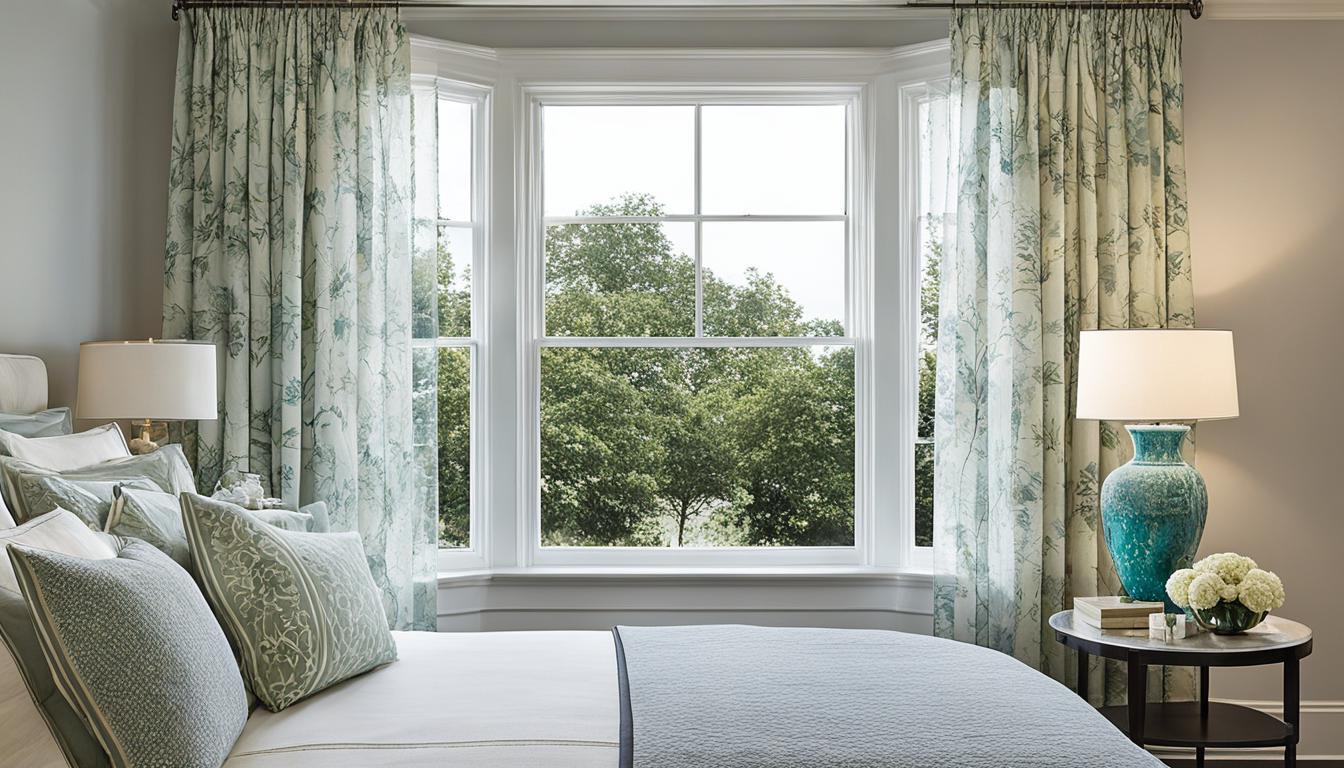
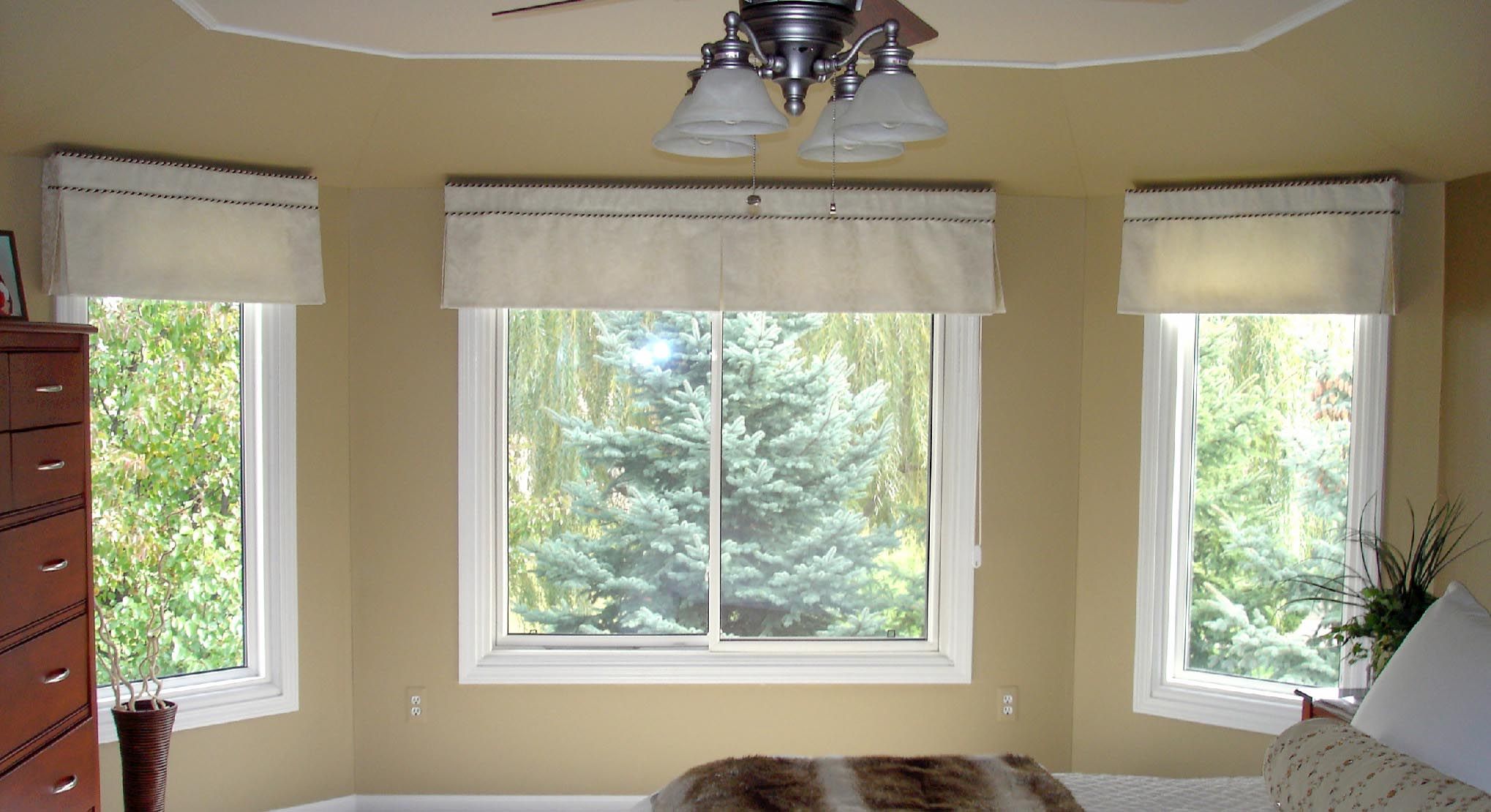
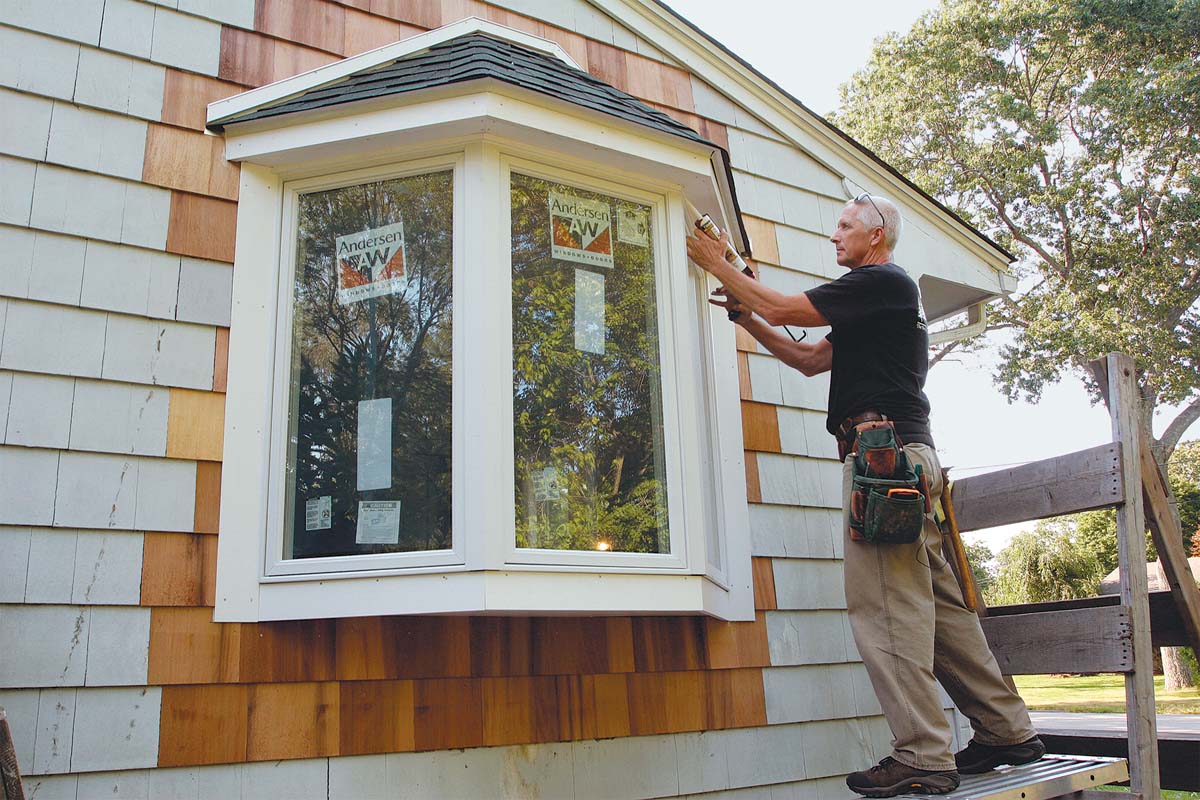
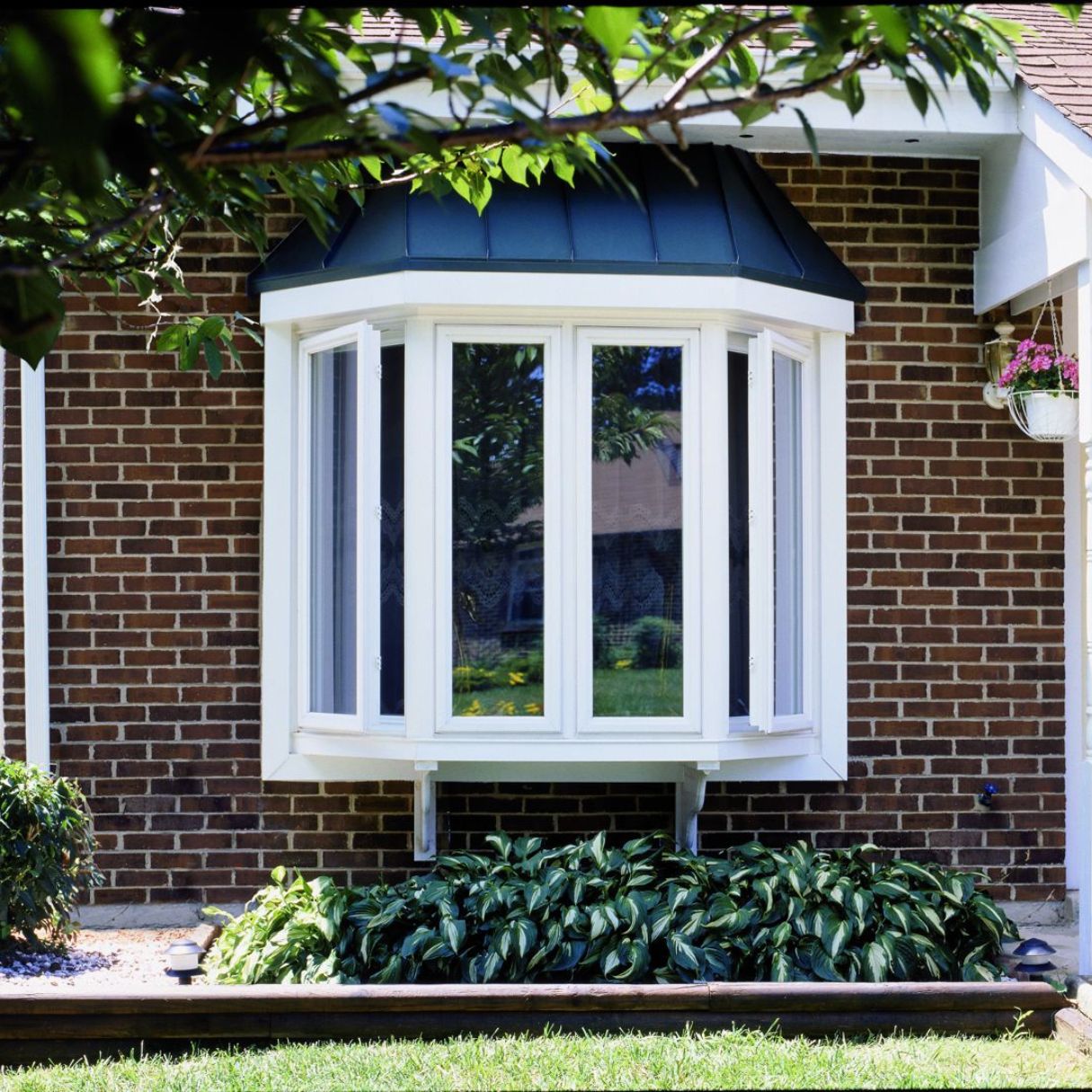
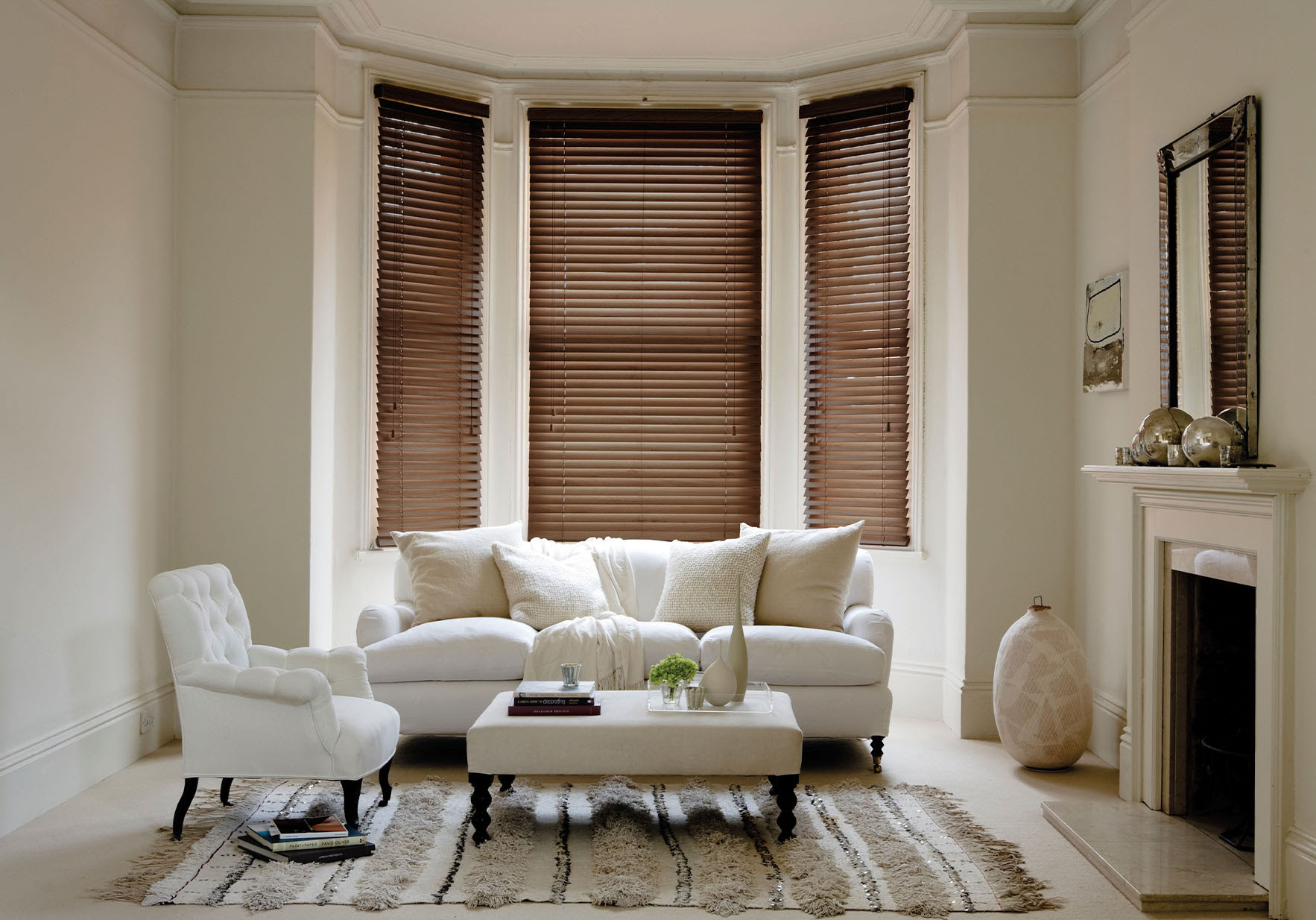
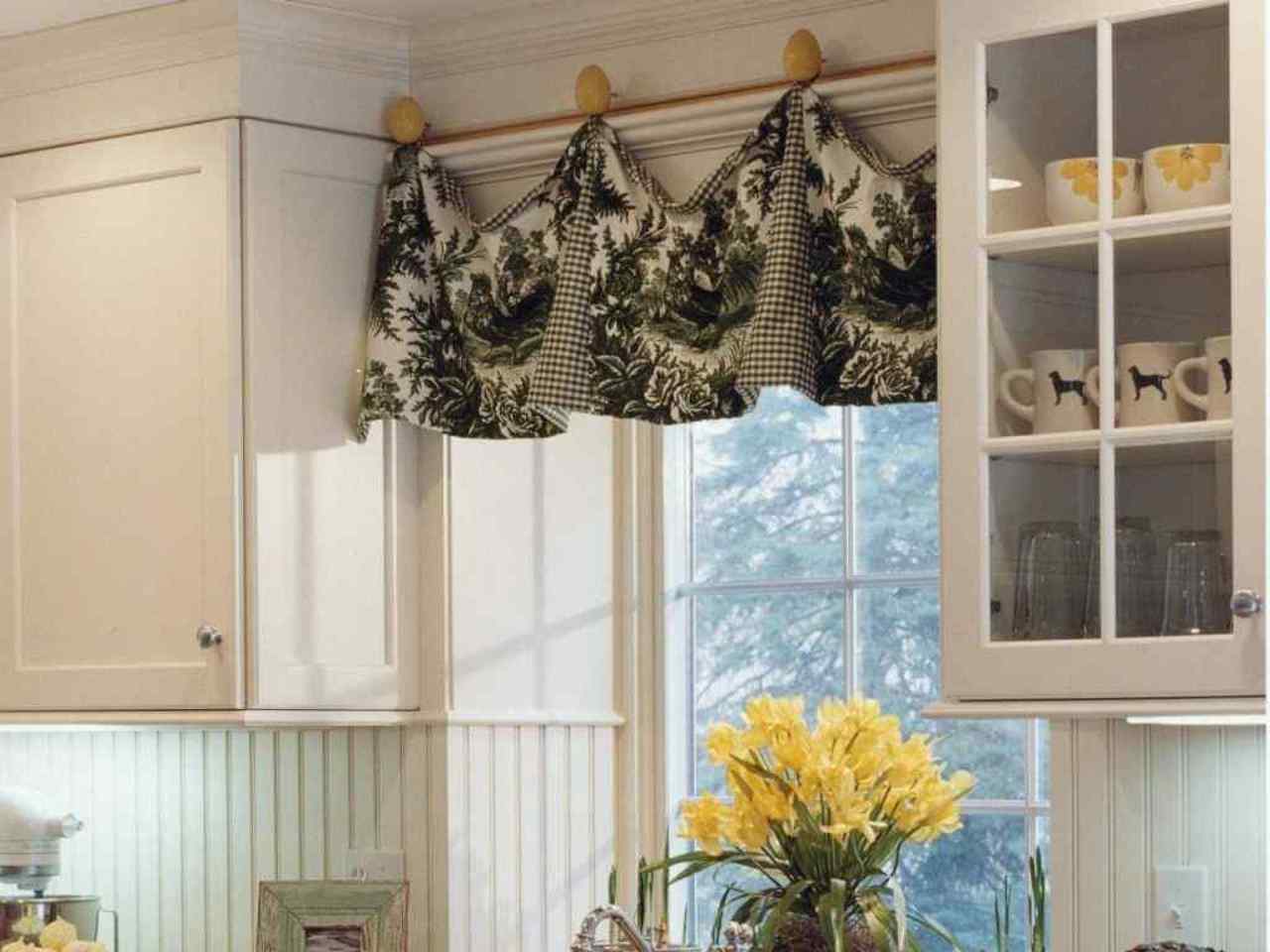
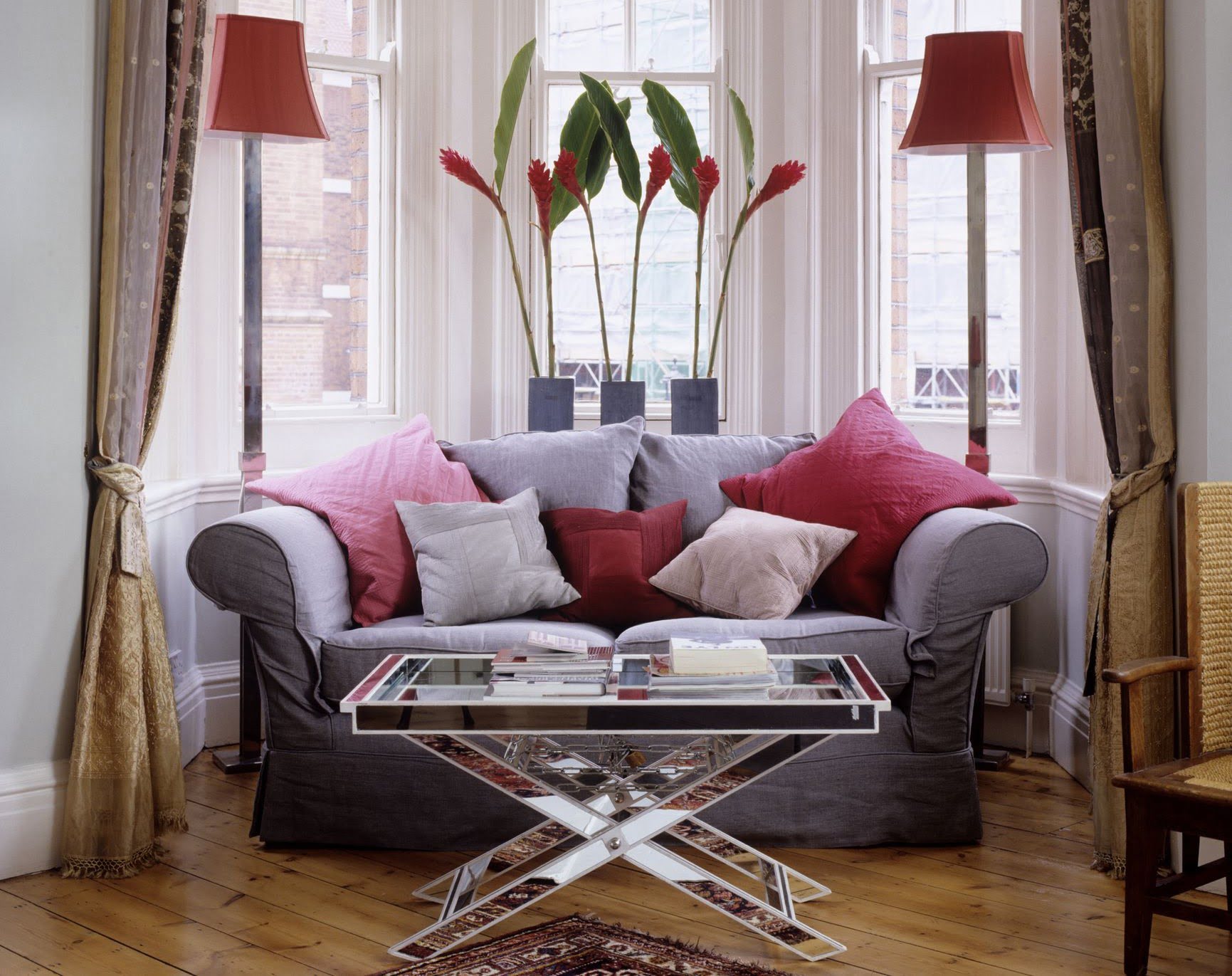
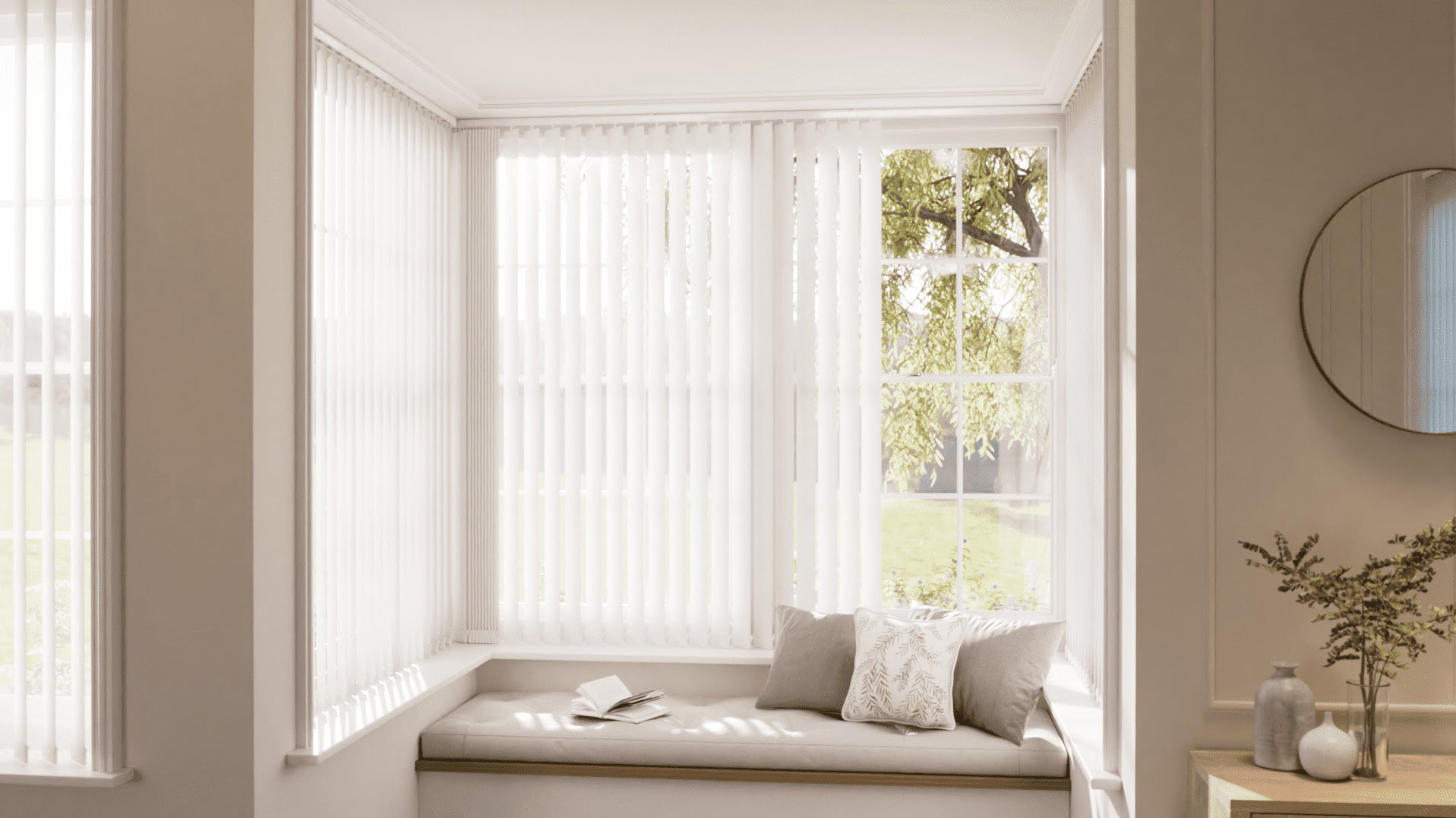
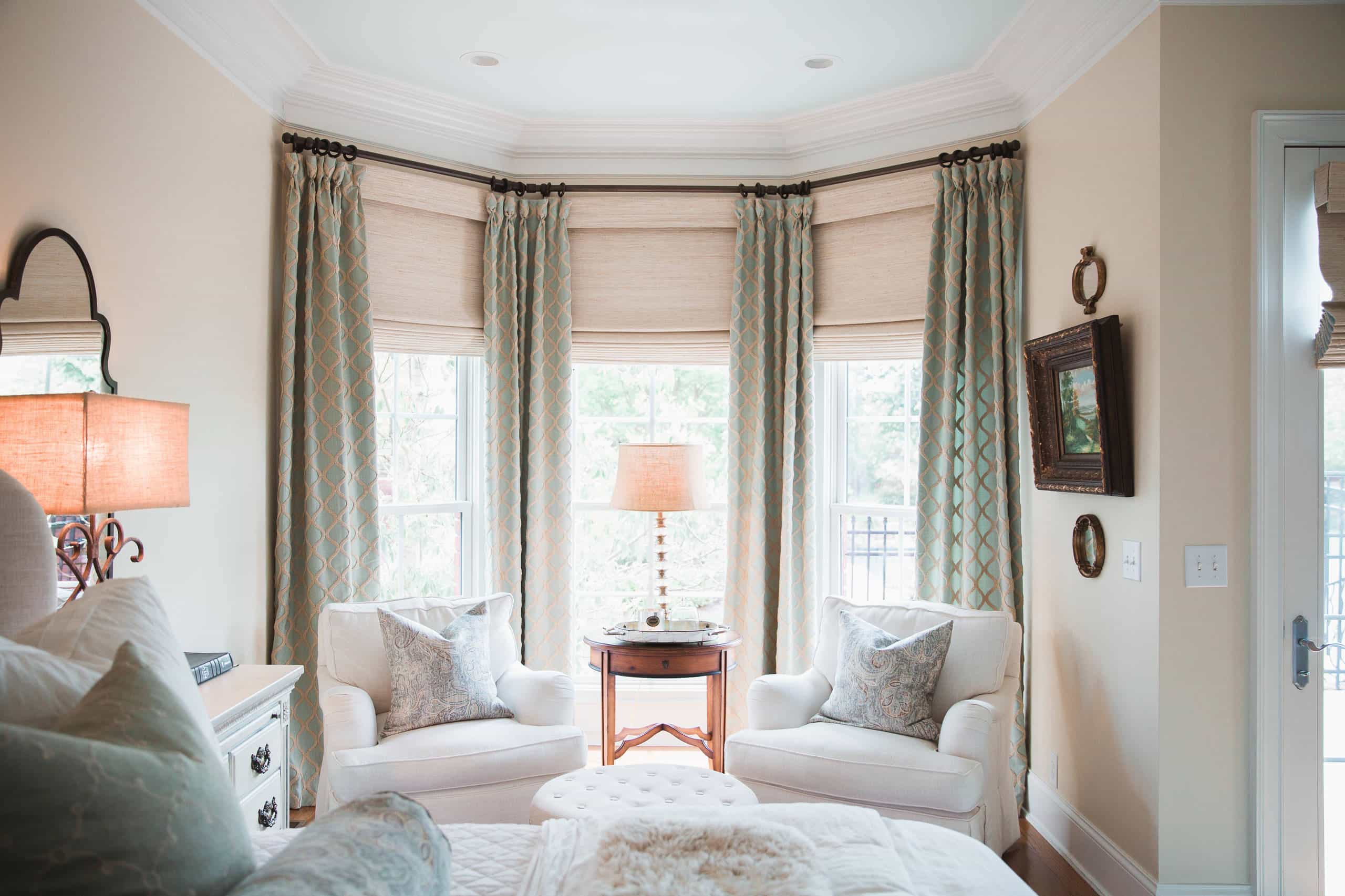
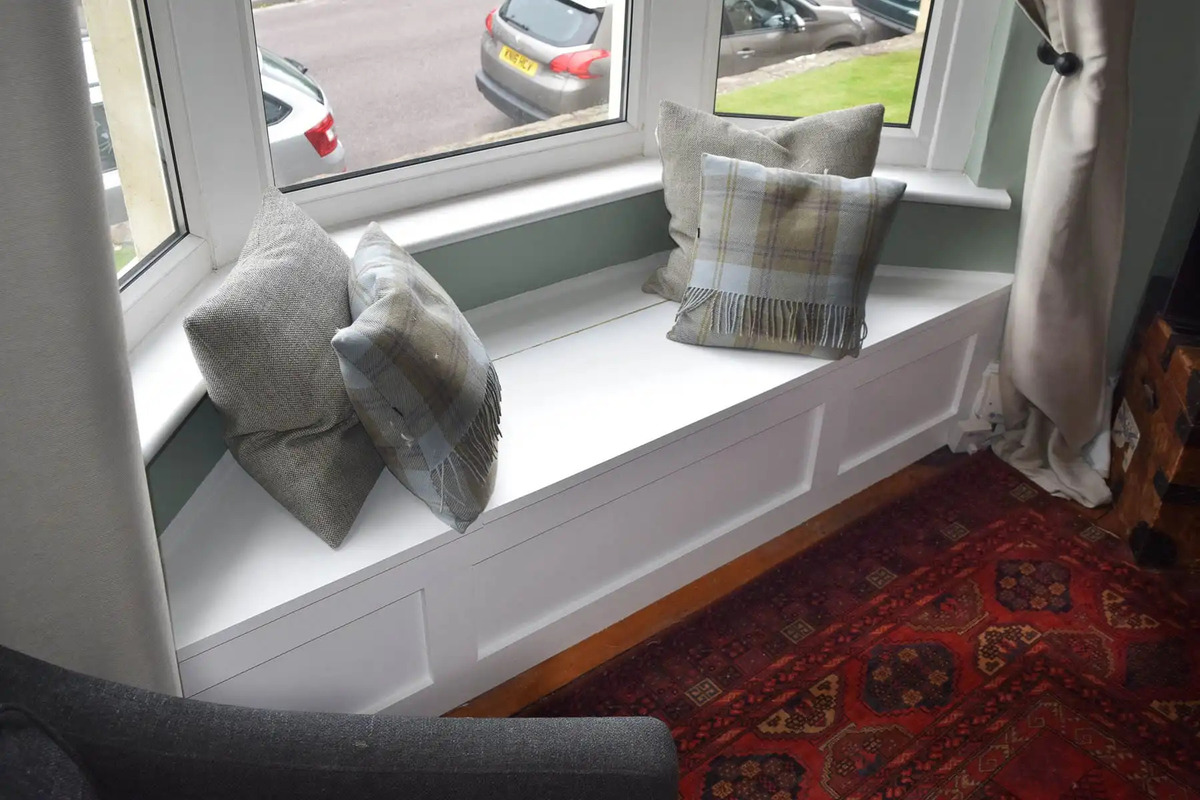
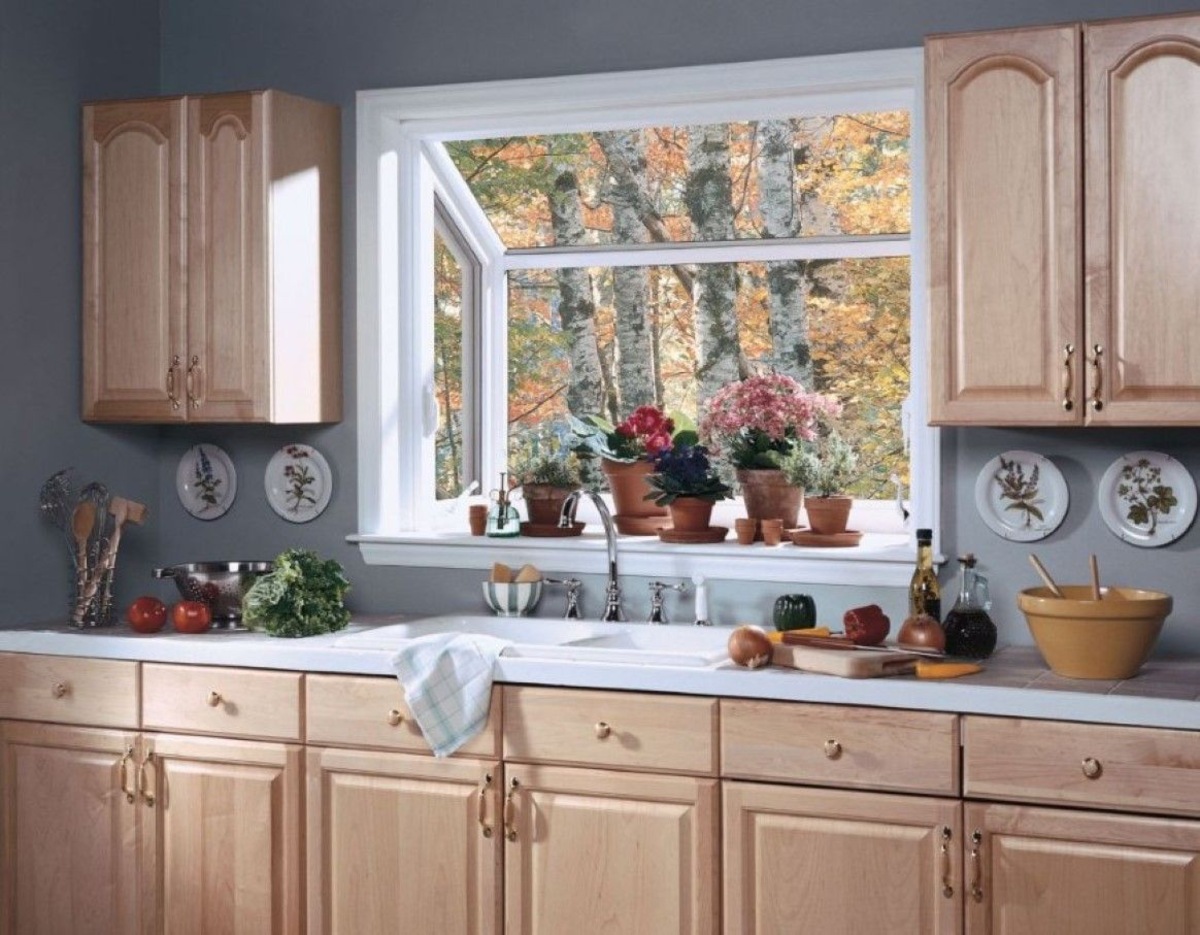
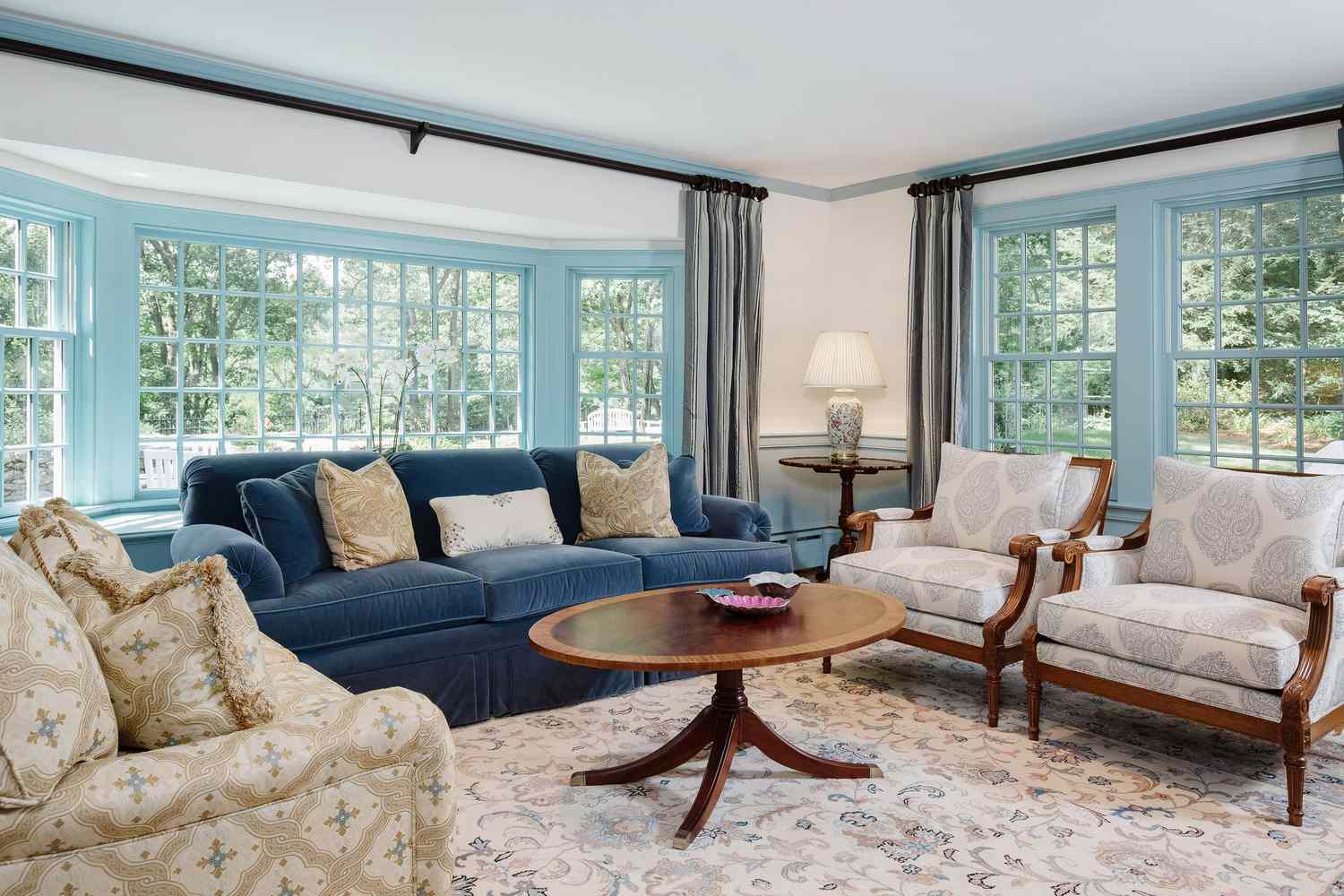
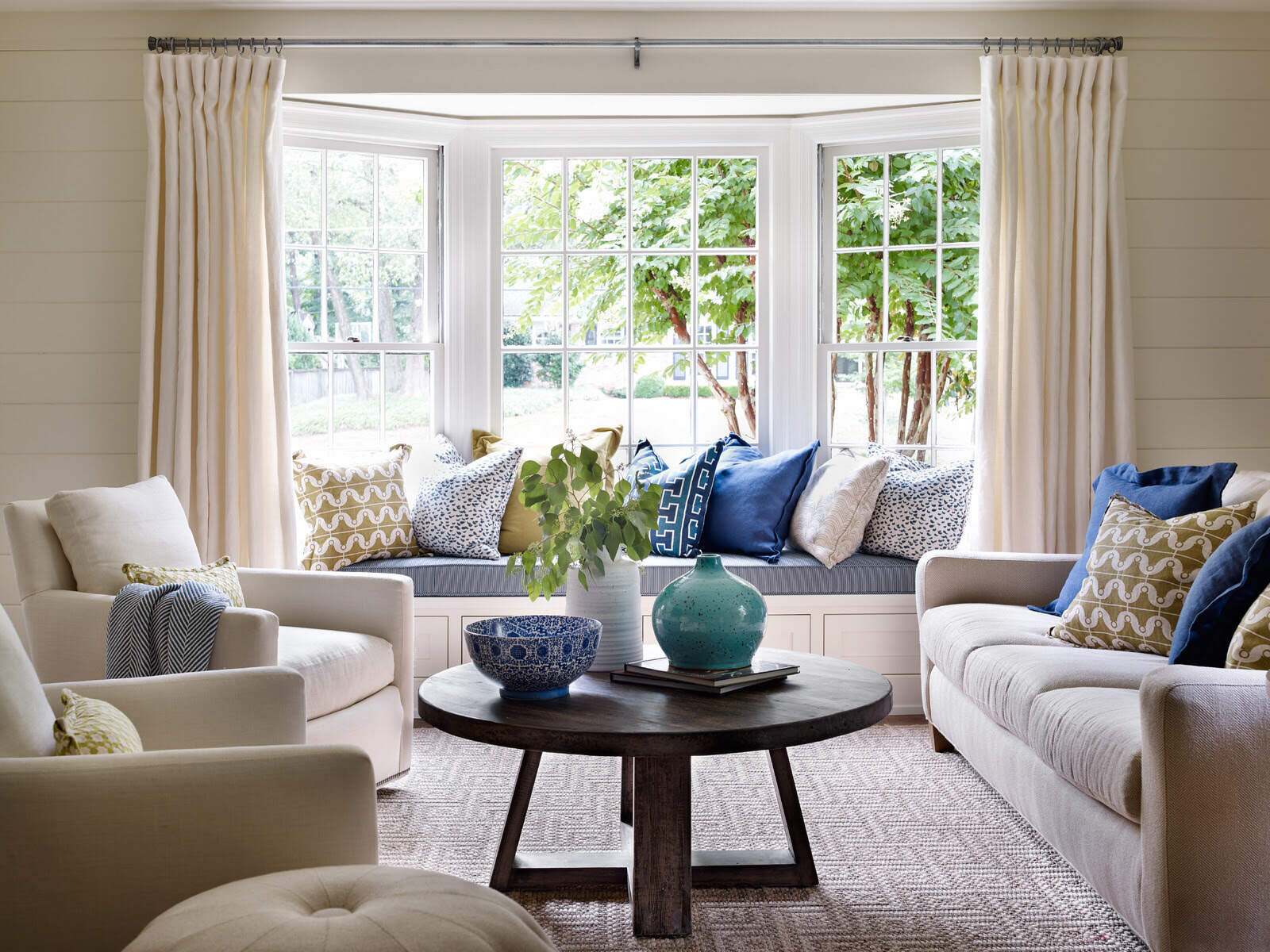
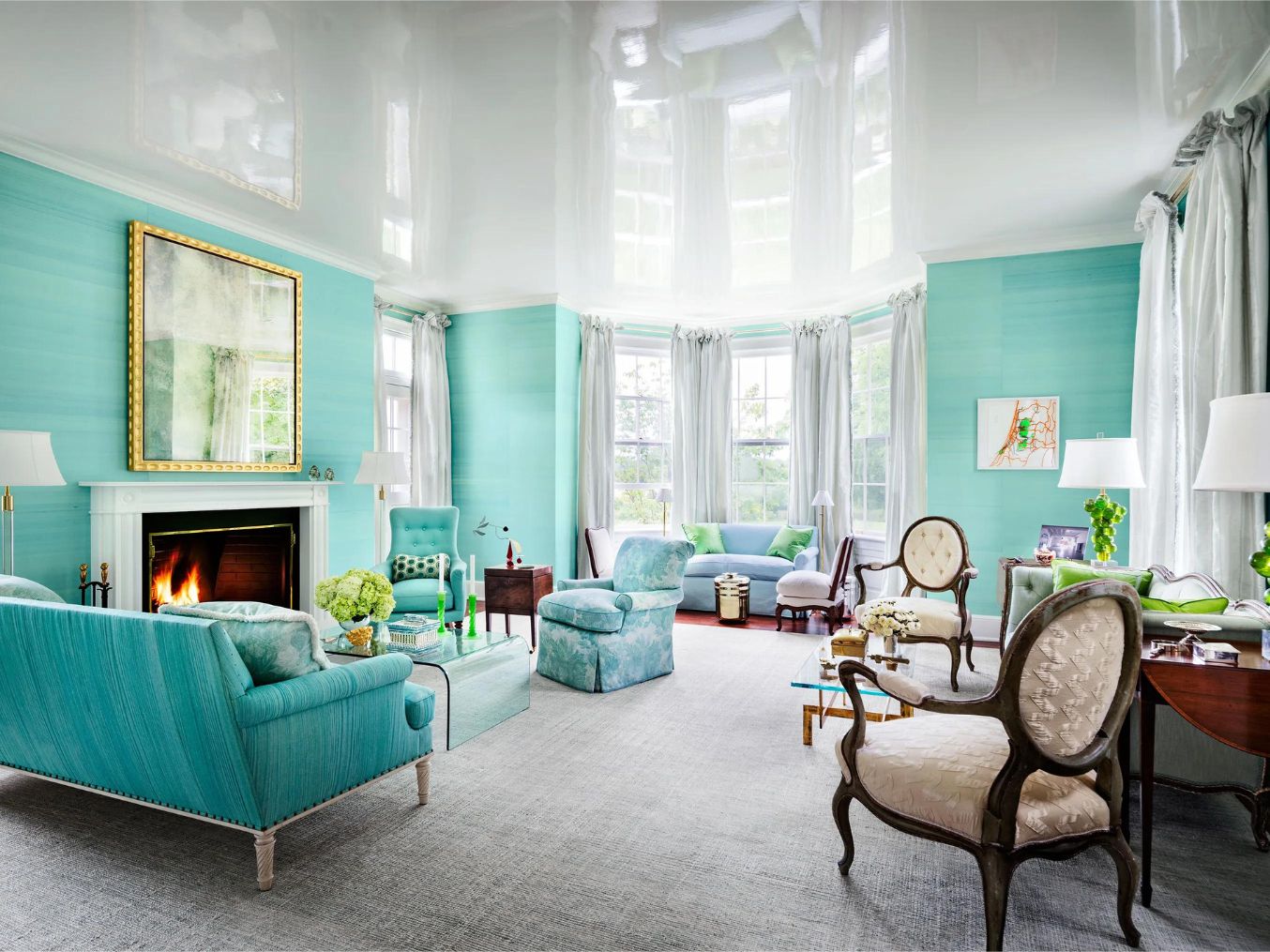

0 thoughts on “How To Dress A Bay Window With Curtains”